Travel Tips for Iran: Currency, Communication, and Internet
Learn more about currency and communication in Iran

Prior to embarking on any journey, it is imperative to acquire knowledge about essential items and adhere to various regulations in order to ensure a well-prepared and compliant travel experience.
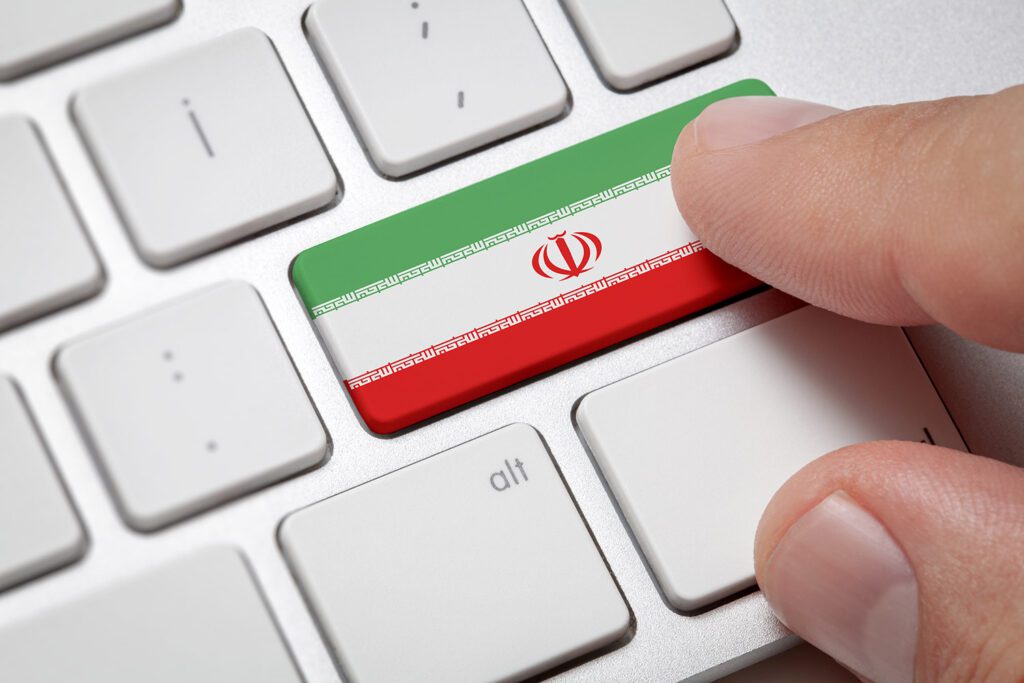
Lacking knowledge about currency exchange, local communication methods, and internet accessibility can expose travelers to unpredictable challenges. It is essential to familiarize oneself with these aspects to effectively navigate and overcome any potential obstacles that may arise.
However, there are several practical travel tips that can assist in navigating the specific issues related to currency, communication, and internet access in Iran.
Contents
Currency in Iran
In line with many countries, Iran has its own currency. To ensure convenience during your trip, it is advisable to exchange your currency for the local currency of Iran. By doing so, you will have a smoother experience when it comes to making payments and conducting transactions.
In Iran, the official currency is the Iranian Rial (Rls). However, it is important to note that in everyday life, Iranians commonly use another unit of currency called the Toman. This is not an official currency, but it is widely used for convenience and simplicity.
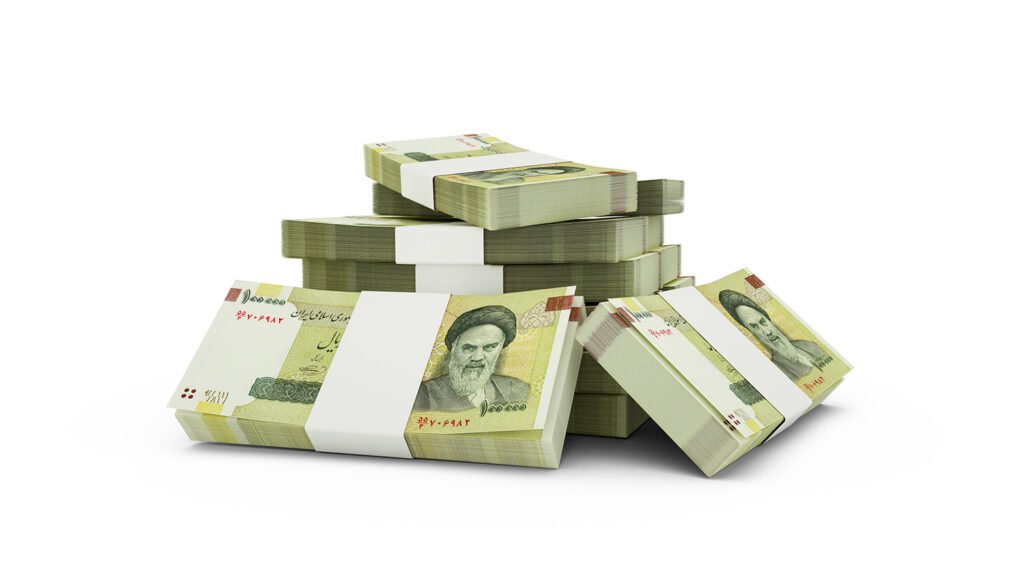
To make it simple, 2 Toman is equal to 20 Rials. This means that when Iranians refer to prices or make transactions, they often express them in Tomans rather than Rials. For instance, if an item is priced at 20,000 Rials, it would be said as 2,000 Tomans.
While this dual currency system can be a bit confusing for visitors, especially when shopping, it is essential to be aware of this practice to avoid any misunderstandings or miscalculations during your transactions in Iran.
In the past, coins were commonly used in Iran, but nowadays banknotes have replaced them as the primary form of currency. Banknotes in Iran are designed in various forms, often featuring historical or cultural significance. Many banknotes depict famous figures or monuments, with Imam Khomeini, the Iranian leader, being prominently featured on most of them.
Regrettably, the Iranian Rial (Rls) has a relatively low value compared to other currencies. Factors such as inflation and other economic reasons have contributed to the currency’s diminished ranking.
As a tourist, it is advisable to exchange your currency to Iranian Rials. At Imam Khomeini Airport, you will find currency exchange counters where you can convert your money to Rials. Similarly, within cities, there are exchange shops that provide the service of exchanging foreign currency for Iranian currency.
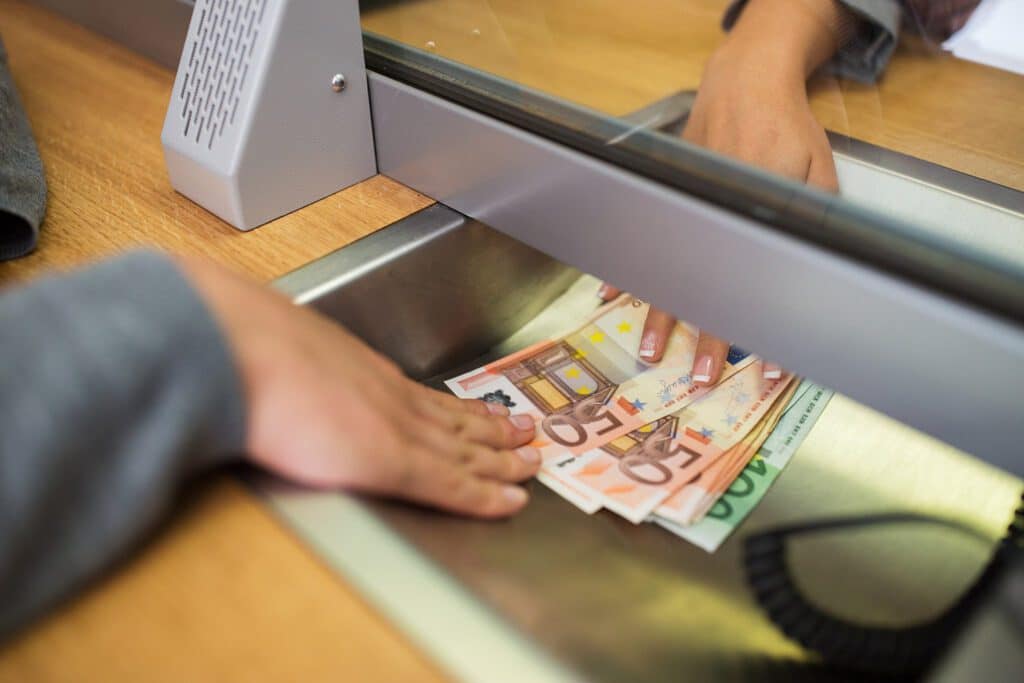
However, it is recommended not to convert all of your money to Rials. It is wise to keep a portion of your funds in your original currency for convenience and flexibility during your stay in Iran.
The usage of credit or debit cards in Iran is currently not possible due to recent sanctions and the country’s internal banking network that is not synchronized with external banking services. Therefore, it is crucial to have sufficient cash on hand for your expenses while in Iran.
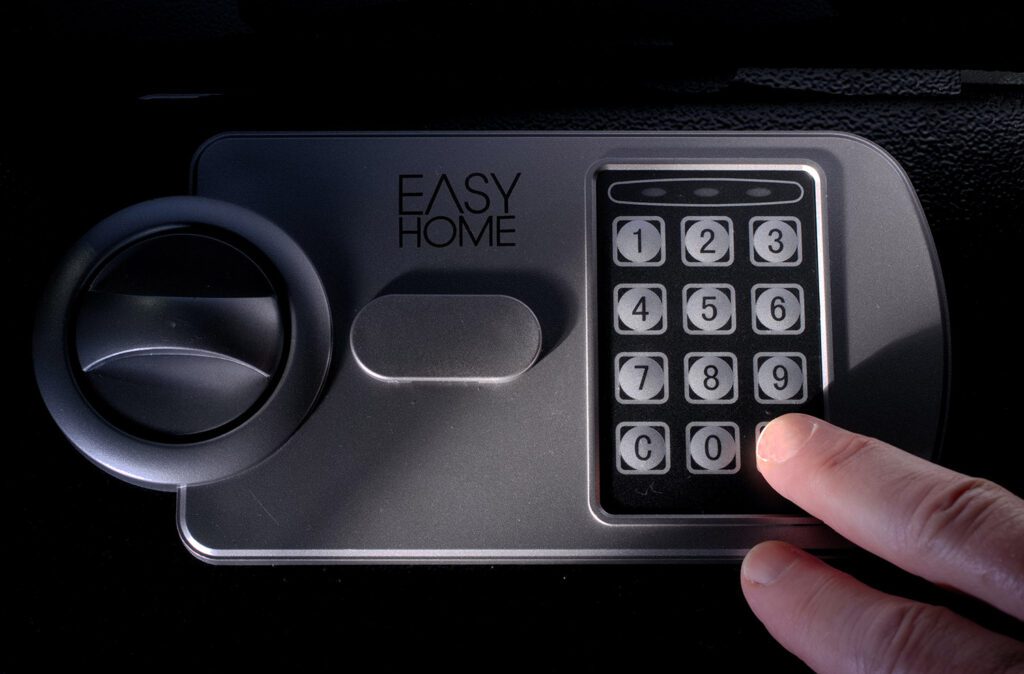
It is advisable not to carry all of your cash at once and to consider the risk of theft. Keeping a portion of your funds in a secure location, such as a hotel safe, can be a good precautionary measure.
Communication in Iran
Communication in Iran offers various aspects such as technology, internet, telecommunication, fax and many more.
In the recent years the growth of communication has gone up impressive. due to develop telecom services to rural areas the UNESCO special certificate has been awarded to Iran.
Iran has a well-developed telecommunication sector that offers services such as fixed telephony, DSL, data, mobile, and satellite services to both residential and business customers.
Iran’s telecommunications industry is almost entirely state-owned, dominated by the Telecommunication Company of Iran (TCI), which is the fixed-line incumbent operator in Iran. TCI also owns two brands – MCI (Mobile Company of Iran) and FCI (Fixed-line Company of Iran) that provide fixed-line and mobile services respectively.
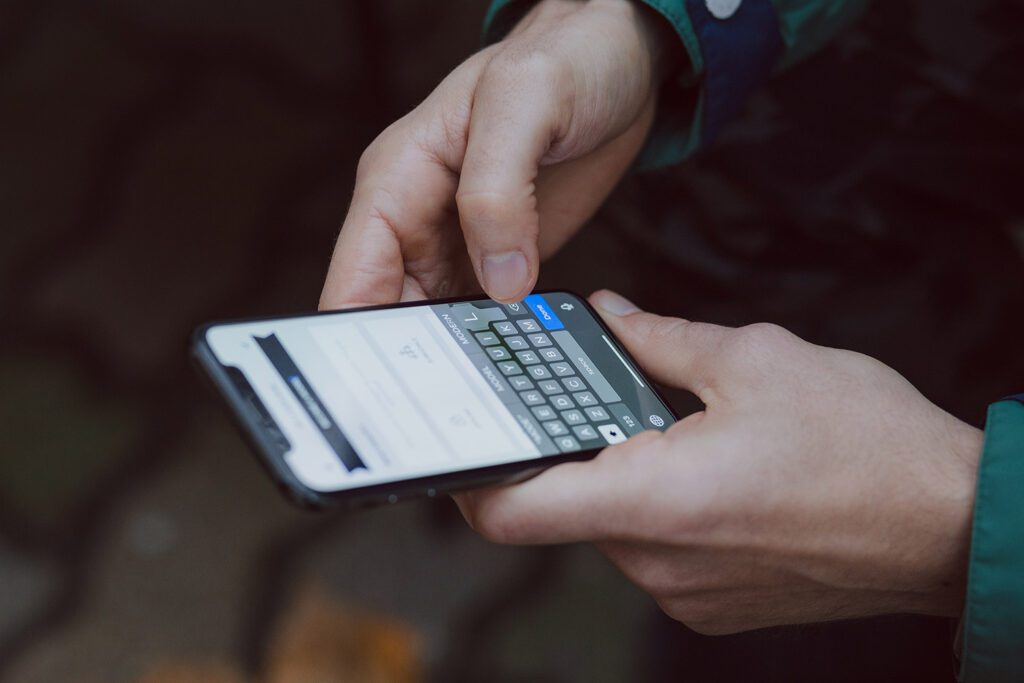
Iran’s telecommunications industry widely dominated by the Telecommunication Company (TCI). Till 2023, three telecommunication companies provide best services for connections. It’s better to have one of them at the time you are in Iran. You can provide a Sim Card at any Irancell, Rightel or Hamrah – e Aval offices.
For you as a tourist it’s better to purchase recharged Sim Cards. all Irancell and Hamrah – e Aval and Rightel provide recharged Sim Cards. In order to purchase a Sim Card, you should present your passport and fill out a form that you will be received. The operator will help you to activate your Sim Card and will give you some codes that you might need them, such as a code to being aware of main balance.
Internet Access in Iran
Iran’s national Web network framework is based on two major systems: the open exchanged phone organize (PSTN) and the open information arrange.
if you are planning to visit Iran as a tourist, you might wonder about some internet situation in the country. Iran has a relatively developed internet infrastructure, with more than 70 million users and a penetration rate of over 80%.
While you are in Iran you can use internet freely or using your Sim Card data.
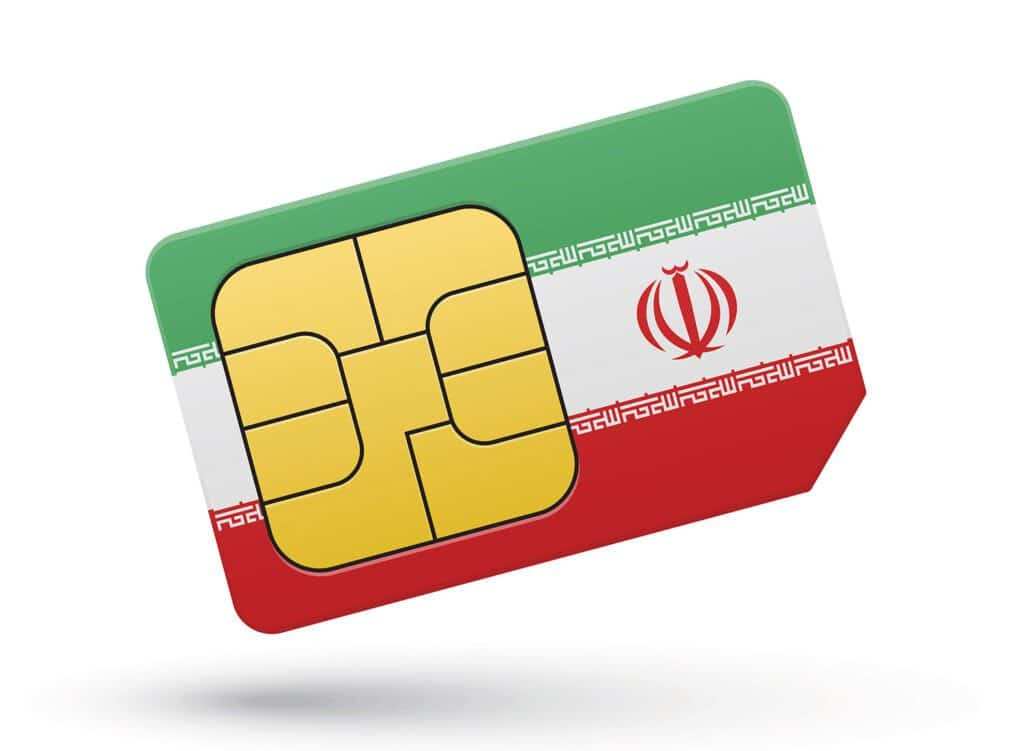
You will also be able to communicate with your friends and family back home, share your travel experiences on social media, and learn more about the culture and history of Iran.
Mostly at the hotels or some restaurants or coffee shops you will enjoy free internet. Luckily internet networks support everywhere, then it’s a good scheme to install some transportation application on your phone.
3G, 4G, and 5G networks are supported in Iran, fast and reliable internet connectivity in most areas is provided. Then there is no worry if you planned to be online on medias and share your experience, or connect with your family.
Internet in Iran works in some places with 3G (mainly in the desert), but in the cities you normally can access LTE. Mobile networks reach about 29.13 Mbps (download) and 12.33 (upload)






